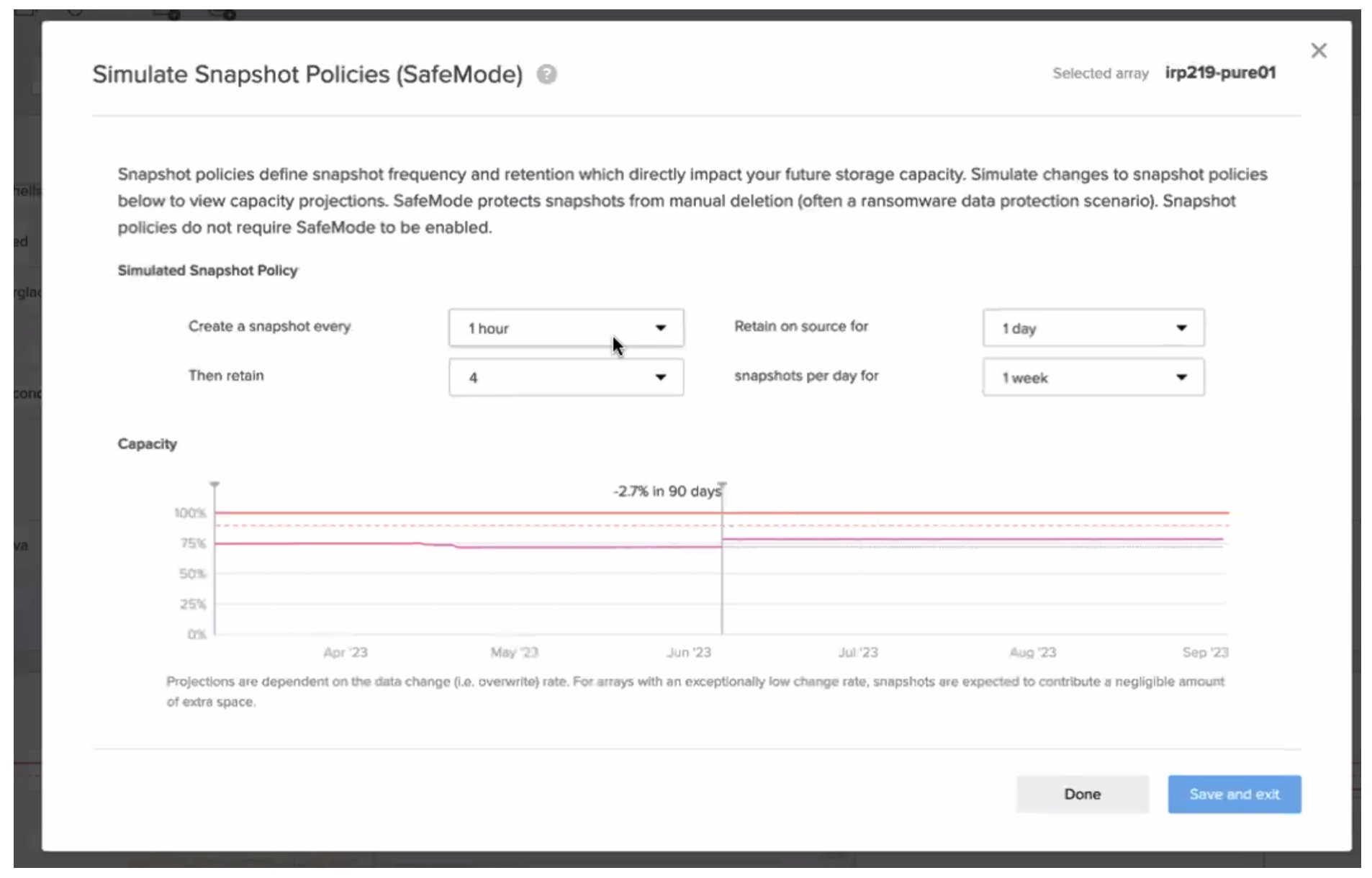The subscription market has taken over the world. In both our personal and professional lives, we live by subscription services. The possibility of having millions of songs or shows at our fingertips and on any device was revolutionary. The cloud has changed how we consume technology. But what are we actually paying for in the service? Why the storage of course.
“But Tricia, I’m paying for the content on there. Not the storage. That’s silly.”
Is it though?
Now, device storage has come a long way from the “1000 songs in your pocket.” The largest, most recent version of the iPod Touch can hold roughly 56,000 songs – which runs for $400 plus taxes and fees. To put that into storage perspective: To store the same amount of songs that Spotify does, you would need to buy 893 of those which comes out to a whopping $357,200. Not including the work it would take to download and transfer all 50 million songs, which translates to about $.0071 cents per song. Now that doesn’t seem like much, but we all know we don’t listen to 50 million songs. The average Spotify user listens to roughly 42 songs a day. If they listen to a different 42 songs every day for a year, they’re at around 15,434: which is $23 per song. Can you imagine if iTunes charged $23 per song? The music industry would look vastly different than it does today.
Meanwhile, Spotify Premium costs $10 per month, or $120 a year. Even if you listen to 7 different songs a year on the platform, you’ve saved money from the previous example.
“Okay, Tricia, we get it. This isn’t new – we’ve heard all this when we switched to the cloud.”

Of course, I’m using a personal life example and the numbers are drastically different when we’re talking about business cloud storage platforms. Rather than a “cancel at any time” monthly subscription, these are multi-year contracts with overage fees and hidden costs. Add in a multi-cloud strategy (BC/DR is good, single point of failure is bad), and these costs that were supposed to save you money start eating up the budget more than that ROI analysis seemed to make it look like. Take it from an ex-salesperson, we can make those ROI analyses look REAL good to get that signature.
Spotify is just one example of how we consume content. YouTube, Pandora, iTunes, Google Play – and that’s just music. Then on the TV/ Movie example, there are even more. It’s no wonder that our phones are littered with single-use apps – and when you translate that to the enterprise, it gets noisy, and frankly, quite expensive.
When you really look at why Netflix or Spotify is successful at its core, it comes down to one thing: seemingly unlimited options at a fixed cost. During quarantine times we’ve all consumed content much more frequently than we do normally. Can you imagine if Netflix was metered? We’d all be bankrupt right now. Whether you use it for 200 hours a month or none at all, you know exactly how much your bill is going to be.
That’s what Pure as-a-Service brings you.
Our business (and thus storage) needs change all the time. If Netflix constantly changed its pricing model with hidden fees, a significantly lower percentage of the population would subscribe. So why do we put up with it with our cloud providers?
On top of that, most organizations have some form of a hybrid cloud approach, which is a whole other mess. We get annoyed keeping up with what shows or movies are on which platform – much less categorizing our hard media and factoring that in too. It becomes unmanageable. Even for a mid-level enterprise, this is not only a chore, but it could actually be costing you quite a pretty penny. So, you could be making things easier across the board, saving money, and still getting the advantages of multi-cloud, multi-vendor advantage, and single-vendor simplicity.
Take back control of your storage strategy, and free up some budget in the process. You can put that money back to better use. You know, like securing all of the data that you’re paying a boatload to store in the first place.




